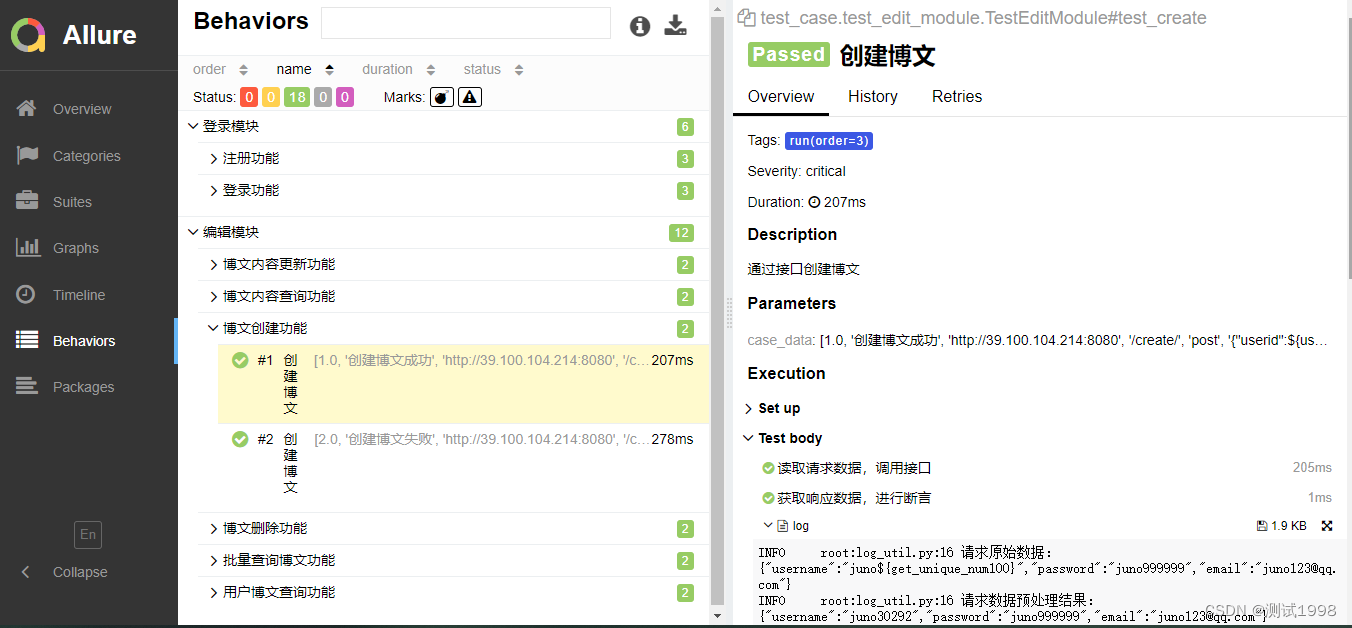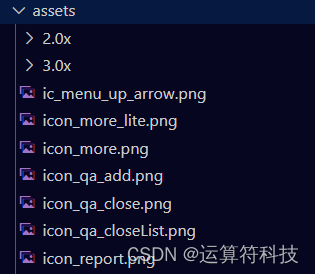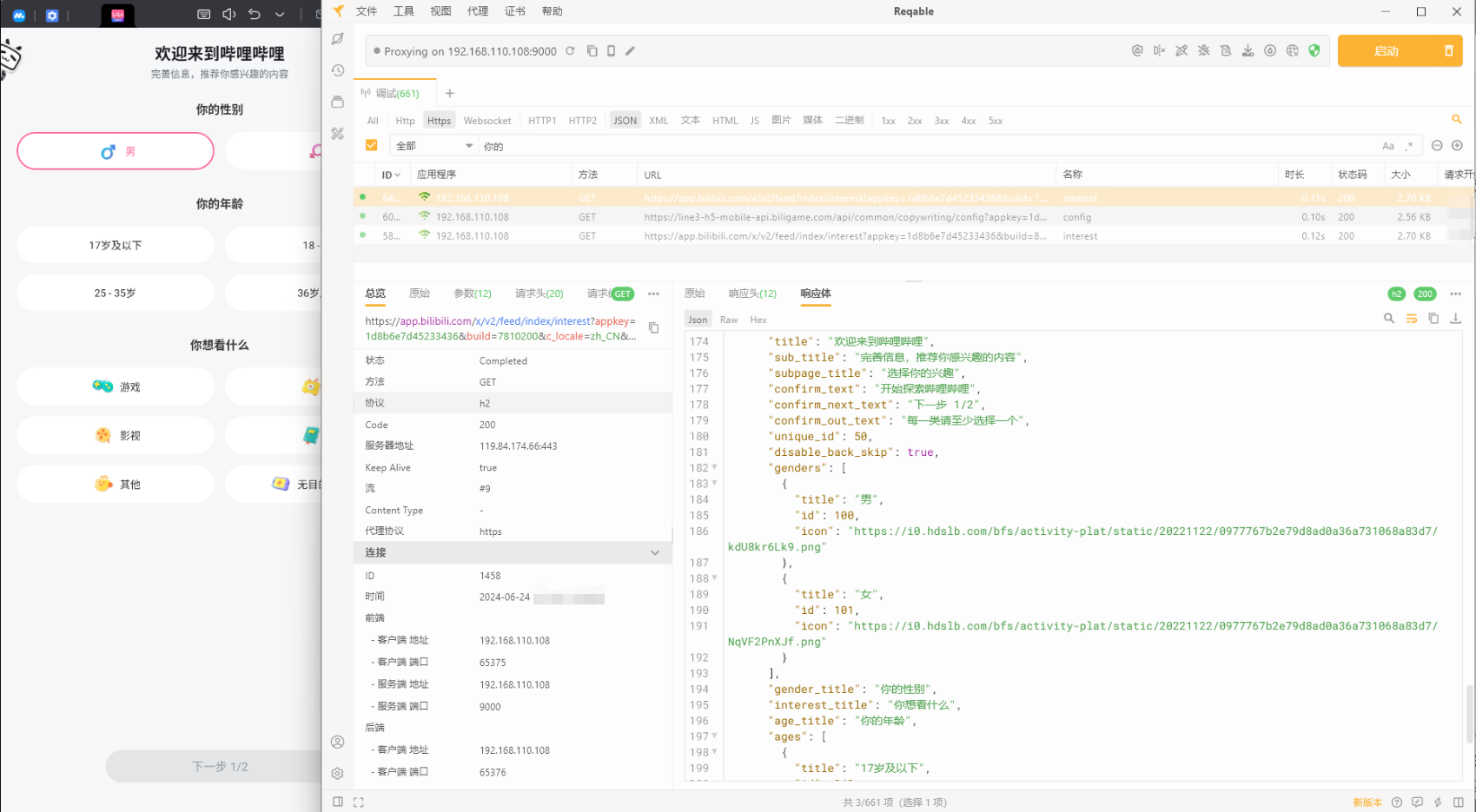优质博文:IT-BLOG-CN
【1】x.sh文件内容编写: 固定开头:#!/bin/sh;
【2】学习的第一个命令就是echo输出的意思;
【3】其实shell脚本也就是在文件中写命令,但是我们要写的是绝对路径:eg:/bin/pwd;
【4】运行shell脚本:sh文件名;
【5】通过下面脚本进行学习:
#!/bin/sh
/bin/date +%F >> /test/shelldir/ex2.info #data +%F是将日期格式化。>>追加输出
echo "disk info:" >> /test/shelldir/ex2.info
/bin/df -h >> /test/shelldir/ex2.info
echo >> /test/shelldir/ex2.info
echo "online users:" >> /test/shelldir/ex2.info
/usr/bin/who | /bin/grep -v root >> /test/shelldir/ex2.info #使用的命令主要来自两个地方:①、/bin/ ②、/usr/bin/ -v:表示排除
echo "memory info:" >> /test/shelldir/ex2.info
/usr/bin/free -m >> /test/shelldir/ex2.info
echo >> /test/shelldir/ex2.info
#write root
/usr/bin/write root < /test/shelldir/ex2.info && /bin/rm /test/shelldir/ex2.info
crontab -e #定时执行命令
0 9 * * 1-5 /bin /sh /test/ex2.sh #表示:每周一到周五的9点执行该脚本。
【6】变量: 是shell传递数据的一种方式,用来代表每个取值的符号。
Shell的变量有两种:①、永久变量 ②、临时变量。临时变量是shell程序内部定义的,其使用范围只限于定义它的程序,其它程序不可见。包括程序自定义变量、位置变量。永久变量是环境变量。其值不随 shell脚本的执行结束而消失。
【永久变量】:

【自定义变量】: 在使用变量时,要在变量前面加前缀:$,一般变量使用大写字母表示,并且是英文字母开头,赋值号“=”两边没有空格,如:NUM=5、STR="A string"。可以将一个命令的执行结果赋值给一个变量:但需要使用命令替换符。NUM=data注意单引号和双引号之间的区别,“”是会将里面的变量值进行输出,‘’会将里面的内容原封不动的进行输出,不会识别里面的变量。使用set查看所有变量。查询$变量。使用unset命令删除指定的变量。
【7】占位变量: 在shell中还有两种常用的变量,一种是占位变量,还有一种是特殊变量,在编写shell到的时候特别常用:
【位置变量】: ls -l file1 file2 file3...(n范围=1-9)在代码里使用$0-9进行替换。也就是说查看file1目录地下的所有文件信息。
#!/bin/sh
DATE=`/bin/date +%Y%m%d`
echo "TODAY IS $DATE"
/bin/ls -l $1
/bin/ls -l $2
/bin/ls -l $3
在命令行输入:sh文件名/test /usr/bin /home。解释:就是让命令中的/test替换脚本中的$1........
【8】特殊变量:
■ $*这个程序的所有参数;
■ $#这个程序的参数个数;
■ $$这个程序的PID;
■ $! 执行上一个程序的PID;
■ $?执行上一个命令的返回值;
■ $(0-9)显示位置变量;
【9】read:键盘输入,命令:read从键盘读取数据,赋给变量。
#!/bin/sh
read f s t
echo "the first is $f"
echo "the second is $s"
echo "the third is $t"
执行命令: sh文件名先执行,在输入变量。如果输入:sh -x文件名执行 shell脚本,当执行到read时会弹出:read f s t,然后我们根据需求输入,例如:10 20 30;
【10】shell的运算: expr命令,对整数进行运算。注意点:
①、expr的计算必须用空格隔开;
②、\*表示转义字符;
③、保持先算乘除后算加减,如果需要优先算法需要加命令替换符;
④、可以对变量进行运算;
【11】test测试命令: 使用test命令可以对文件、字符串等进行测试,一般配合控制语句使用,不应该单独使用。
【12】if语句,语法格式:
if [ -d $1 ]
then
else
fi
【实例展示】
#!/bin/sh
# if test $1 then ... else ... fi
if [ -d $1 ]
thenecho "this is a directory!"
elseecho "this is not a directory!"
fi
【if elif语法】
#!/bin/sh
# if test then ... elif test then ... else ... fi
if [ -d $1 ]
thenecho "is a directory!"
elif [ -f $1 ]thenecho "is a file!"
elseecho "error!"
fi
【逻辑 与-a和 或-o】
#!/bin/sh
# -a -o
if [ $1 -eq $2 -a $1 = 1 ]thenecho "param1 == param2 and param1 = 1"
elif [ $1 -ne $2 -o $1 = 2 ]thenecho "param1 != param2 or param1 = 2"
elseecho "others"
fi
【for循环】
#!/bin/sh
# for var in [params] do ... done
for var in 1 2 3 4 5 6 7 8 9 10
do echo "number is $var"
done
【select循环】
#!/bin/sh
# select var in [params] do ... done
select var in "java" "c++" "php" "linux" "python" "ruby" "c#"
dobreak
done
echo "you selected $var"
【case循环】
#!/bin/sh
read op
case $op ina)echo "you selected a";;b)echo "you selected b";;c)echo "you selected c";;*)echo "error"
esac
【while循环】
#!/bin/sh
#while test do ... donenum=1
sum=0
while [ $num -le 100 ] #le表示小于等于
dosum=`expr $sum + $num`num=`expr $num + 1`
done
#sleep 5
echo $sum


















